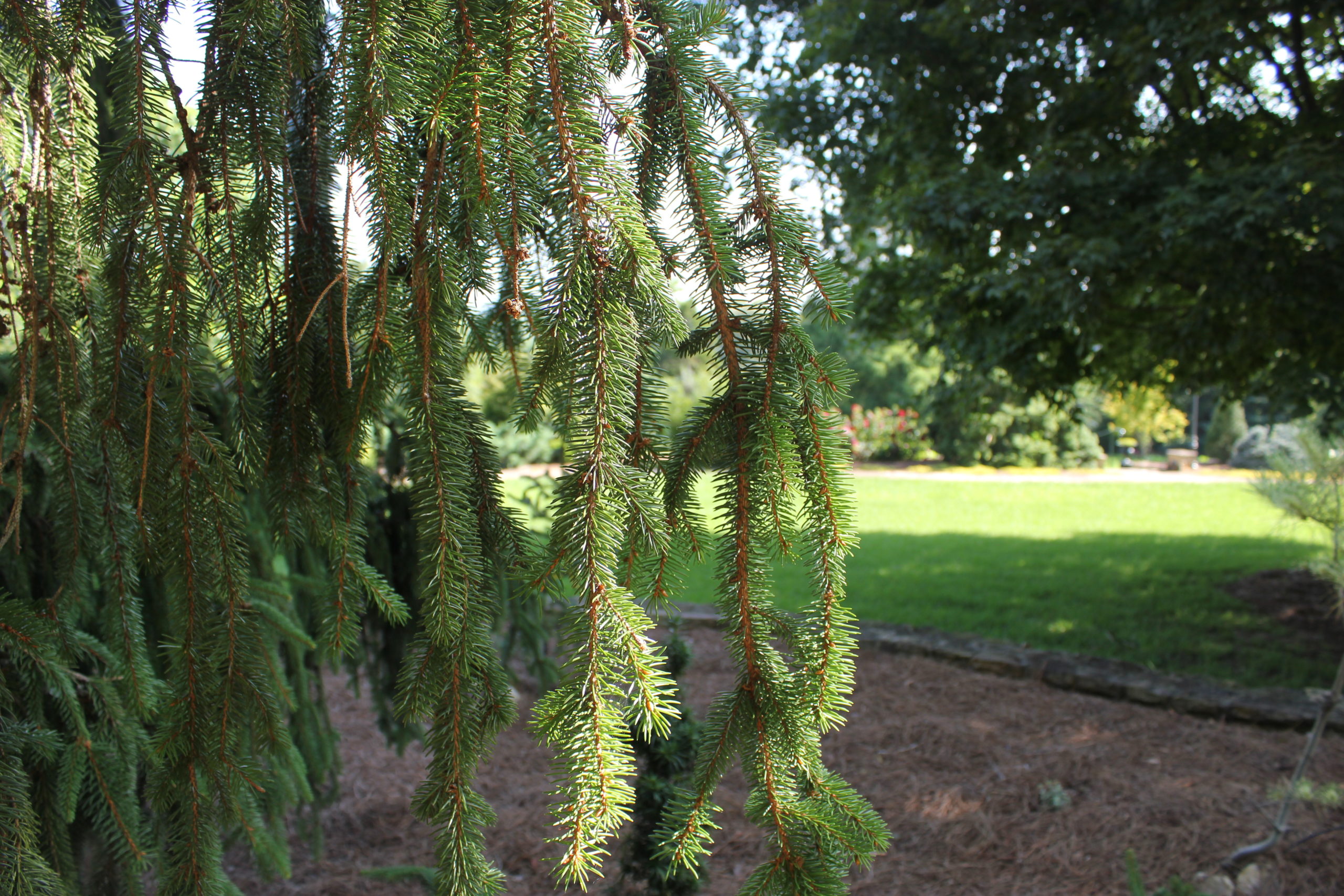
Baker Arboretum
Founded in 1992 by Jerry Baker, the Baker Arboretum now covers nearly 115 acres. Built on a ridge of rolling hills in the outskirts of Bowling Green Kentucky, the arboretum overlooks Bowling Green and the Western Kentucky University campus. Working with the tree and art collections, landscape architect Mitchell Leichhardt (1924-2015) designed a tapestry of trees and art. Featuring many varieties of dogwoods, magnolias and other flowering trees, woven among the conifers and Japanese maples.
Visitors will enjoy year-round highlights. Not only spring and summer blooms, but also the fall color and the beauty of conifers in the wintertime.

What is an arboretum?
ar·bo·retum: a place where trees, shrubs, and herbaceous plants are cultivated for scientific and educational purposes. Etymology: New Latin, from Latin, plantation of trees, from arbor. Plural noun: Arboreta
Similar to a botanical garden, an arboretum displays plants for educational, research and ornamental purposes. Arboreta focus on trees and shrubs. Both arboreta and botanical gardens play important roles in conservation and preservation. They are places to see a greater range of plants that can grow in an area, see how to use different plants to create a pleasing landscape, and to see mature plants to appreciate their ultimate sizes and characteristics. An additional role is for people to have a green space to visit for the spiritual and emotional benefits of a quiet natural environment.
The Baker Arboretum has…
- 88 species of conifers, cone-bearing plants, including 21 on the Red List of Threatened Species
- 106 types of Japanese and other Asian maples
- 153 species of Kentucky native plants including 17 endangered
- 600 total species with over 1500 varieties
- American Conifer Society Reference Garden Certification
- Monarch Waystation Certification
- Collaborative student research including composting food waste from WKU for use as landscape soils, investigating methods to improve soils in our karst topography that mimic those of southwest China, investigating the growth of plants in heavy gravity environments, and much more!
- University internship program that trains students in public horticulture. Our former student interns have worked in public gardens including Disneyworld, Longwood Gardens, Smithsonian Gardens, Arnold Arboretum at Harvard, and many more!


